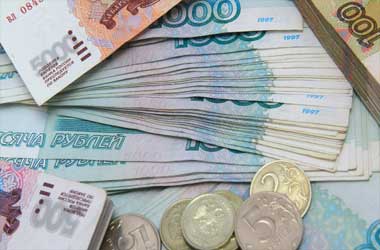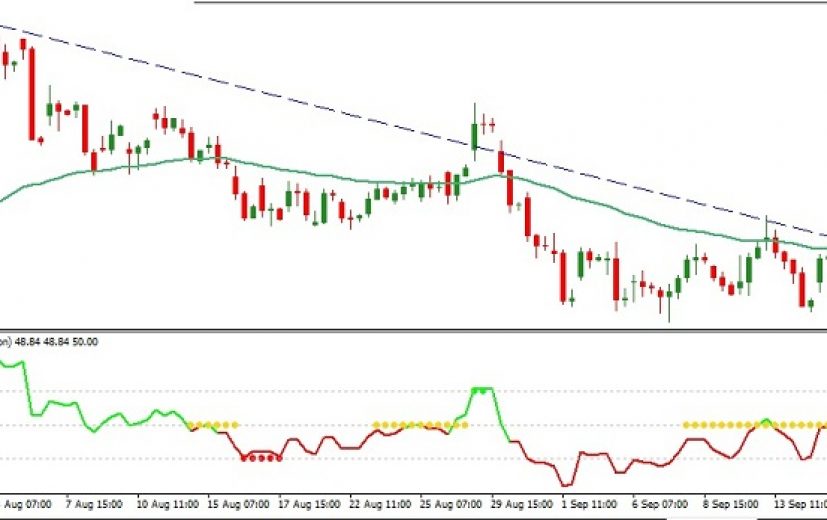 Since the beginning of August, the Euro dollar has been on a decline against the Russian Ruble. The recovery in the price of crude oil – mainly due to the production limit agreement and a decline in the Saudi Arabia’s export to the US – strengthened the Ruble.
Since the beginning of August, the Euro dollar has been on a decline against the Russian Ruble. The recovery in the price of crude oil – mainly due to the production limit agreement and a decline in the Saudi Arabia’s export to the US – strengthened the Ruble.
The EUR/RUB pair had moved up from a low of 63.40 to a high of 71.72 in a span of two months ended August. The Euro buyers got exhausted after the strong rally. Furthermore, the testing of a nuclear bomb by the North Korean regime had also sparked a Euro dollar sell off. The EUR/RUB pair, which is now trading at 68.80 levels, is forecast to decline further due to the details given below.
On Friday, as anticipated, in its policy meeting, the Bank of Russia lowered its benchmark repo rate by 50bps to 8.5%. The weekly repo rate was slashed due to a faster-than- anticipated slowdown in inflation. Regulators have hinted that more rate cuts would likely follow in the next two quarters.
Inflation in Russia increased 3.3% y-o-y in August 2017, compared with a 3.9% rise in the earlier month and lower than economists’ expectation of 3.7%. It is the smallest rise in inflation since 1991. The slower pace of increase in the cost of food and transport resulted in a drop in the inflation rate. For the second month in a row, the inflation rate had dropped below the central bank of Russia’s target of 4%.
Russian economy expanded 2.5% y-o-y in the second-quarter of 2017, up from 0.5% growth in the previous quarter. It was the strongest pace of economic expansion since Q3 2012. Output grew in mining, construction, and manufacturing sectors. In the first-half of 2017, Russian economy expanded 1.5%, compared with a 0.5% contraction in the similar period of 2016. Following two years of recession, the central bank now
expects a GDP growth of 1.7% to 2.2% in 2017. Previously, the Bank of Russia had forecast a GDP growth of between 1.3% and 1.8%. In the case of the Euro dollar, Meera Chandan, an analyst at JP Morgan believes that political headwinds would play an important factor in the exchange rate, in the months ahead. On October 1st, Catalonia would vote on the referendum on independence from Spain. That will be followed by Italy’s general election in 2018. So, once the ECB reveals its tapering plan, the market would likely shift its focus on political developments. Thus, analysts expect investors to unwind their long positions in the days leading to the Spanish referendum. On the basis of the above facts, we expect the EUR/RUB pair to remain in a downtrend.
Technically, the EUR/RUB pair continues to move below the declining trend line resistance. Additionally, the pair is also moving below its 50-period EMA. The bearishness is also confirmed by the RSI indicator having a reading below 50. Thus, we can expect the downtrend to continue as of now.
The analysis can be practically used to make money by going short in the EUR/RUB pair near 68.80 in the spot currency market. If we decide to open a short position, then a stop loss order would be placed above 69.60. If the downtrend continues as predicted, then the short position would be covered near 66.80.
We are also considering the possibility of investing in a put option valid for a week. As long as one of our dependable forex brokers offer such a contract, we would enter the trade when the currency pair changes hands at about 68.80.




